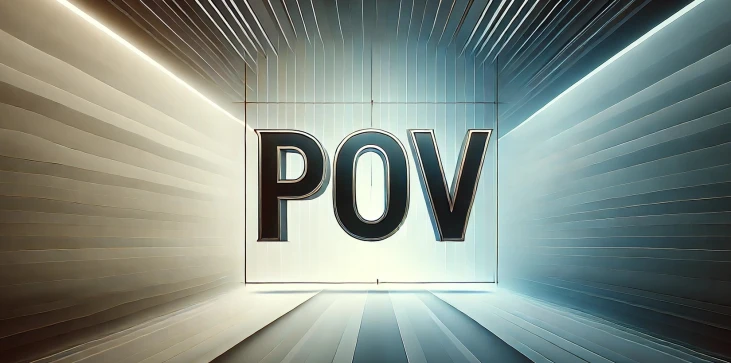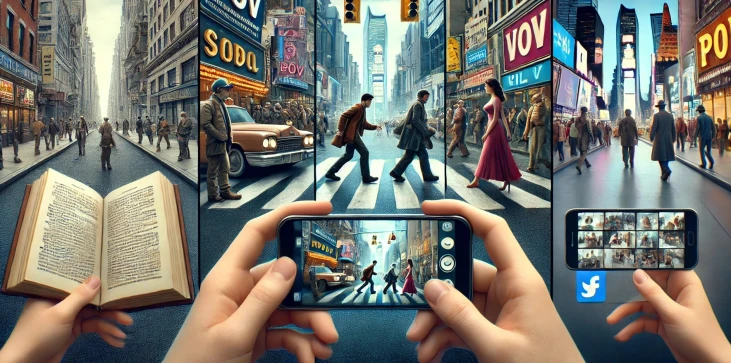
POV, or point of view, refers to the perspective from which a story is narrated. It's a crucial element in storytelling across different forms of media, from books and films to the increasingly popular world of social media content. Understanding POV not only enhances comprehension but also allows creators to craft more compelling and engaging narratives. In this article, we’ll explore the definition of POV, its types, and how it affects storytelling in different contexts.
In literature, POV refers to the narrative perspective from which a story is told. Common types include first-person, second-person, and third-person points of view. Each type brings a unique depth to the story, allowing readers to engage with characters and events differently. For example, first-person POV provides an intimate connection with the protagonist, while third-person POV can offer a broader view of the world and characters.
In film and television, POV refers to the camera's perspective, guiding the audience on how to interpret scenes and characters. Directors often use POV shots to create empathy with a character or to provide a unique visual experience. A well-placed POV shot can immerse viewers in a character’s emotional journey, adding depth to the narrative.
Selecting the appropriate POV is crucial for effectively conveying your story's message. Whether in literature, film, or social media, the choice of POV determines how the audience will connect with the narrative. Creators must consider the emotional tone, the complexity of the plot, and the audience's perspective when deciding which POV to use. The right POV can transform a simple story into a deeply engaging and memorable experience.
Understanding "what does POV mean" and its significance in storytelling is essential for both creators and audiences. The perspective from which a story is told can dramatically change the way it is interpreted and experienced. Whether in literature, film, or social media, POV is a powerful tool that, when used effectively, enhances the emotional depth and connection in any narrative.

First-person POV provides a deeply personal and intimate experience for the reader, as they see the world through the eyes of the protagonist. It allows readers to understand the character’s thoughts, emotions, and motivations directly, fostering a strong emotional connection with the story.
In visual storytelling, POV helps to guide the audience’s attention and emotional response. Directors can use POV shots to make viewers feel as if they are in the scene, experiencing the action firsthand. This technique builds empathy with characters and can significantly enhance the dramatic impact of a story.
POV content on social media allows creators to immerse viewers in specific scenarios, often putting them in the center of the experience. This trend resonates with audiences as it creates relatable, engaging, and often interactive content, making it particularly popular on platforms like TikTok and Instagram.